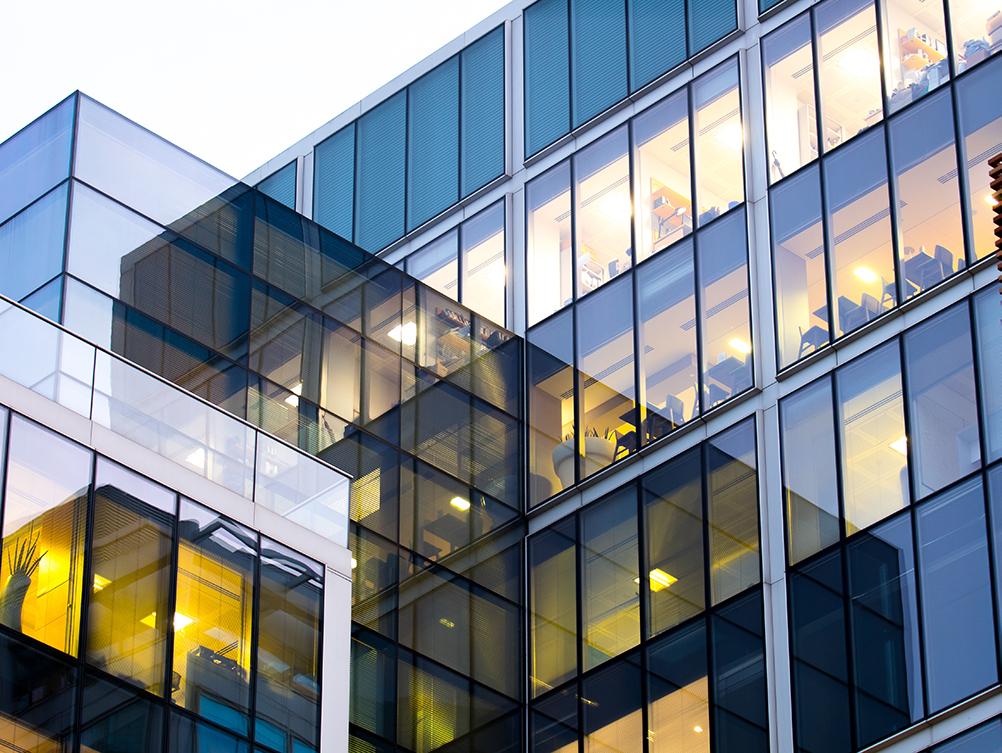Flexibility Holds Key
For future of CRE
COVID-19 has had a jarring impact on commercial real estate in the form of health risks, stunted growth prospects, permit and construction delays, reduced income for property owners and the acceleration of e-commerce at the expense of physical stores, among other disruptions. The pandemic precipitated what global management consultant firm McKinsey & Company calls “an […]
